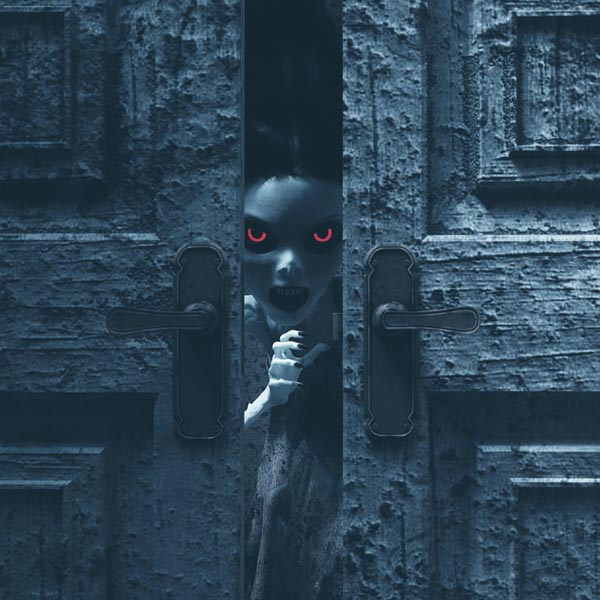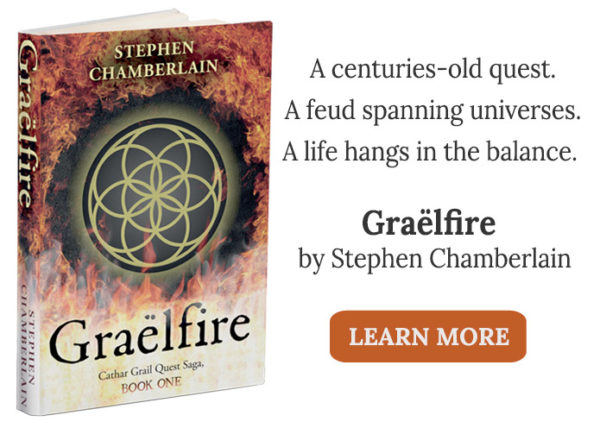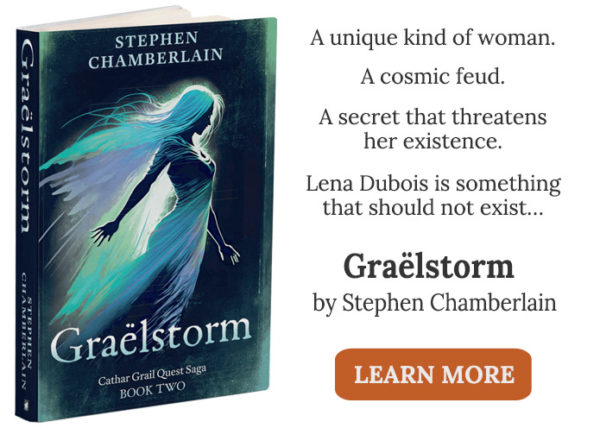“Like one, that on a lonesome road
Doth walk in fear and dread,
And having once turned round walks on,
And turns no more his head;
Because he knows, a frightful fiend
Doth close behind him tread.”
– Samuel Taylor Coleridge, “The Rime of the Ancient Mariner.”
The nights have drawn in, and it’s cold outside. What’s the dead of winter if not a time for ghost stories? But ours is the age of reason. So why do thoughts of restless spirits send shivers up our spines? Why do ghosts still give us goose bumps?
A Leap in the Dark
Ghosts tap in to our fear of the dark and the unknown it may conceal. Researchers say this is not a childish thing; it’s an evolutionary trait passed down from our ancestors who were prey to meat-eating beasts. With poor night vision, early humans had every reason to fear nocturnal carnivores that hunted after sunset. They had trouble sensing danger, and fearing darkness was an advantage. It kept them on edge. It prepared them to fight or flee. Over time, this habit became hardwired in our subconscious. It made us fitter to survive.
Bumps in the Night
Cognitively, it’s not the dark itself that’s frightening but what it may hold. And since we can’t see what’s out there, our imaginations fill the gaps. In prehistoric times it might have been a lion, or bear, or a stealthy enemy. In today’s predator-free world, it’s a burglar. But what if the doors and windows are locked? Why does that creaking floorboard still raise hairs on the backs of our necks? Why do our ears prick at impending danger?
In my post on the suspension of disbelief, I wrote about an instinct we have, called “Hyperactive Agency Detection,” which is buried in our subconscious; it surfaces when we feel threatened or stressed. Even though our ability to reason has advanced, we credit happenings that defy rational explanation with a supernatural agency because human nature impels us to assign a reason.
Fertile Imagination
We all fear what lays hidden. That’s why ghost stories benefit from the less-is-more approach. You don’t need to see the ghost; you only need to hear it or sense its presence. Ghost stories rely on atmosphere and a creeping sense of unease to build tension with mood, sounds, and scents—perhaps a fleeting reflection glanced in a mirror. To understand what I mean, read Michelle Paver’s arctic ghost story, Dark Matter, or Susan Hill’s The Woman in Black.
But if fear of the unknown causes anxiety and stress, why do so many of us enjoy a ghost story? The answer is down to brain chemistry. Fear and pleasure are closely related. When we experience fright or anxiety, the body’s nervous system injects stress hormones into the bloodstream that act as natural stimulants. The thrill we get is not from the fright itself but the hormonal rush as they reach the brain.
Not everyone enjoys the dark, but I can’t sleep unless my room is pitch black. Every house in Switzerland has window shutters. I guess that’s why I’ve grown accustomed to it. Even so, I love a ghost story at this time of year. Dark tales for dark nights! It seems we like to be scared, and darkness is fodder for an imagination that thrills as much as it chills. What’s more, our dread of it is deep-seated. As Jack Miller in Michelle Paver’s Dark Matter remarks in his journal:
“Fear of the dark. Until I came here, I thought that was for children; that you grew out of it. But it never really goes away. It’s always there underneath. The oldest fear of all.”

Stephen Chamberlain is the author of the fantasy novel Graëlfire. He draws inspiration from the impact of landscape on myth, and the association of liminality with the supernatural and magic. Stephen lives in Switzerland.



